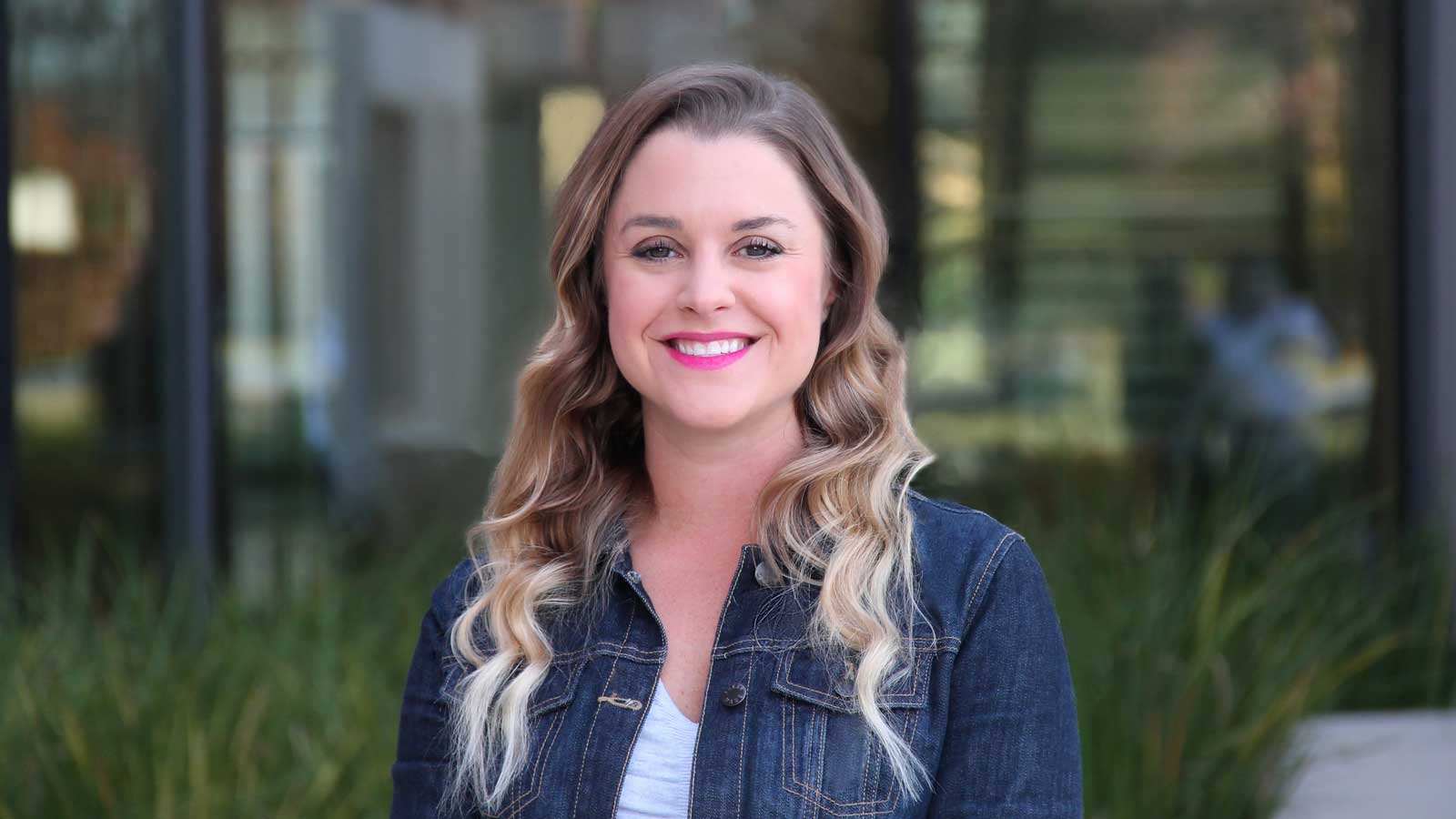Communicating Compassionate Care

As healthcare organizations adopt new information technologies, patients and providers alike must adapt to the role technology plays in communication that occurs in both in-person and virtual settings. A Baylor University researcher is studying the impact of these technologies on the communication they facilitate and seeking ways to promote compassionate communication and empathy in these ever-evolving patient-provider interactions.
Ashley Barrett, B.A. ’07, M.A. ’09, Ph.D., associate professor in Baylor’s Department of Communication, was awarded a highly coveted CAREER Award from the National Science Foundation (NSF) to study advanced information technologies (AIT) in healthcare settings on two fronts. Barrett will examine how providers innovate their communication practices following advanced technology implementation to achieve compassionate care, and she will examine patient perceptions on providers’ best practices in compassionate communication.
CAREER Awards are among the most prestigious awards presented to early career researchers. This highly competitive grant is a milestone award for Baylor, as Barrett becomes Baylor’s first faculty member to earn a non-STEM Award from the NSF.
“It is difficult to win an NSF career award in the social sciences, but Dr. Barrett has done just that,” said Lee Nordt, Ph.D., dean of the College of Arts & Sciences at Baylor. “It is a testament to her research expertise in healthcare communications, which also provides an example to others that these prestigious awards are winnable by our growing faculty here at Baylor University as we become part of national conversations on the grand challenges of the day.”
Technology, communication and compassion
Much of Barrett’s prior research focuses on the implementation of AIT in organizations. In healthcare, examples of these technologies encompass multiple channels of communication, including patient healthcare portals or electronic health records. In both cases, doctors, nurses and other clinicians use these while visiting or sharing information with the patient. While these channels provide useful information such as aggregated and standardized patient data that can enhance patient care, providers must guard against these replacing the patient as the primary focal point of their interactions and communications.
Through the NSF grant, Barrett will build on past research focused on providers’ perceptions to reveal patient perceptions as well. “Workarounds” — the use of technology in a way that was not intended by designers — also will be a key focus of the study, providing an additional avenue to uncover solutions that benefit the patient-provider relationship as well as the relationship between technology designers and end users.
“We don’t have as many face-to-face visits anymore, and we know the online sphere isn’t going anywhere. Even in-person, healthcare providers are simultaneously utilizing electronic records as they see the patient,” Barrett said. “How does the patient feel compassion in that? Do providers notice patients’ enhanced needs to develop relationships of trust in these settings and connect emotionally through empathy? Do they connect cognitively through perspective taking and then respond effectively with verbal and nonverbal responses? How do needs for compassion and communication differ with marginalized health populations? These are some of the questions I am working to figure out.”
Comprehensive research methods, local partners
To answer these questions, Barrett will employ a number of research methods, partnering with Baylor Scott & White Health and Waco Family Medicine, to provide data that paints a more complete portrait of communication within and alongside these technologies.
For example, as Barrett observes patient- provider interactions during medical visits, she will study providers’ and patients’ exchanges of verbal and non-verbal communication cues as providers simultaneously use technology systems while talking to patients. Provider interviews will offer insights into the challenges of using new technologies and illuminate the use of technology workarounds and their impact. Patient surveys will shape an understanding of the communication challenges and advantages associated with patient portals.
Baylor students are an additional beneficiary of the grant, which will fund the creation of an undergraduate course focused on AIT implementation and communication in healthcare organizations through a partnership with Baylor University Libraries.
Bridging gaps in technology and communication
The five-year grant will enable data collection that benefits healthcare providers and their patients in a number of ways. Barrett will use the data to develop interventions for healthcare providers at Baylor Scott & White and build continuing education courses at Waco Family Medicine. Additionally, she hopes to focus on gaps in communication between technology developers and the end users of the products they create.
“Through this grant, Dr. Barrett has established herself as a national and international authority in the field of health communication,” said David W. Schlueter, Ph.D., professor and chair of communication at Baylor. “She is doing high-impact research that advances the research goals of Baylor with our focus on the signature issue of health.”
Barrett sees a strong tie between her own work and the Baylor mission, and she seeks to enhance understanding and trust that benefits patients.
“Data and research show that where trust exists in healthcare relationships, it leads to better healthcare down the road,” Barrett said. “Patients are more likely to understand their diagnoses or treatment plans and more likely to engage those plans. There are so many positive outcomes to patient-centered and relationship-centered care. We know this type of care is helpful, but do we know how to implement it and to do so in a digital era of increasing online communication? I’m grateful for the chance to seek understanding of these questions and to bring practical strategies to the audiences who can benefit from those answers.”